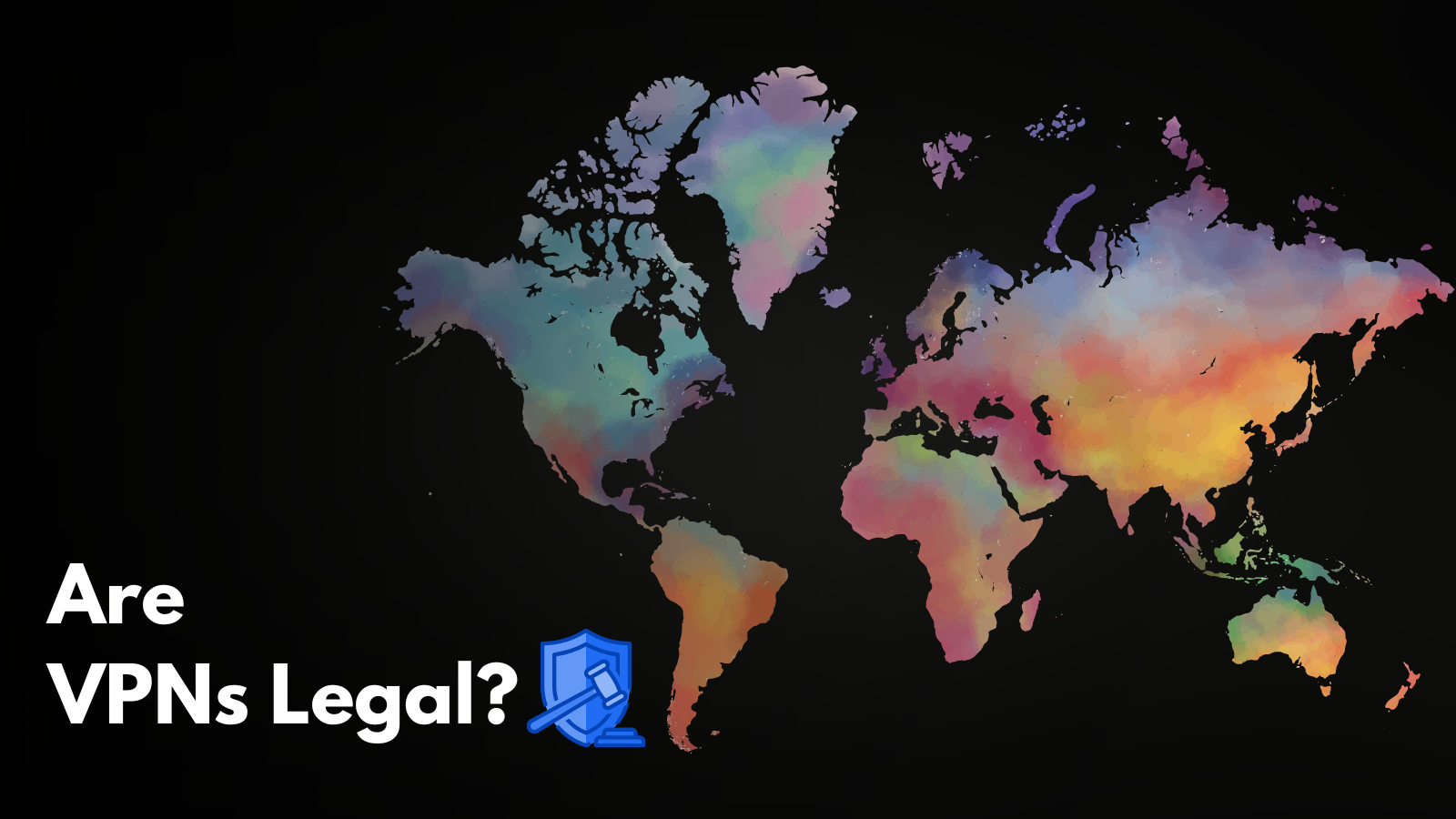
What Port Does a VPN Use?
Since VPNs use different protocols to create secure data tunnels, they also use different ports for that purpose. In other words, each protocol is designed to use a specific port to "negotiate" a secure connection. In this short guide, we'll see what port does a VPN use – when relying on PPTP, L2TP, IPsec, OpenVPN, IKEv2, and SSTP, all of which are widely used.
What Is a VPN Port?
VPN ports are communication endpoints that dictate the way Web data is transferred between them. So in that sense, they’re software constructs.
When talking about VPN ports, we’re talking about communication ports (unlike actual and physical ports that can found on your computer, for example). In that sense, network ports are used to transmit data over the Web. They’re needed because there are different ways to transfer data, which means that there are different types of network (and VPN) ports.
In the world of VPN services, Web data is transferred in a highly secure and encrypted way. So, VPN ports handle incoming and outgoing packets, ensuring that proper encryption is employed along the way.
What Ports Do VPN Protocols Use?
As mentioned above, there's a group of VPN protocols. Each of those works in a different way, so they use different ports. Here are the most common VPN protocols with their corresponding port numbers:
Which Ports Aren’t Safe for Use via VPNs?
Of course, not every port is equally safe – even though the level of encryption we get today is practically uncrackable. Still, there are some ports that VPNs typically avoid using.
When it comes to the IKE (Internet Key Exchange) protocol, you can see above that it uses port 500. This is one of the most widely used ports in the world of online networking, which makes it vulnerable. Still, keep in mind that IKE is quite often combined with the IPsec protocol, which provides the highest possible level of commercially available encryption, which makes those connections highly secure.
Then, we have the PPTP protocol, which uses ports 1723 through 1729. These require special configuration of firewalls for proper implementation. And since the PPTP protocol has been in use for several decades now, it has already shown its vulnerabilities. That’s the reason why commercial VPN services typically no longer offer this protocol anymore.
Among other less safe VPN protocols, we also have TCP port 21, TCP port 23, TCP/UDP port 53, TCP port 80, TCP port 1080, and TCP port 4444.
That's all when it comes to network ports that VPNs typically use. If you have any questions, make sure to post your comment just below. And lastly, thanks for reading!





